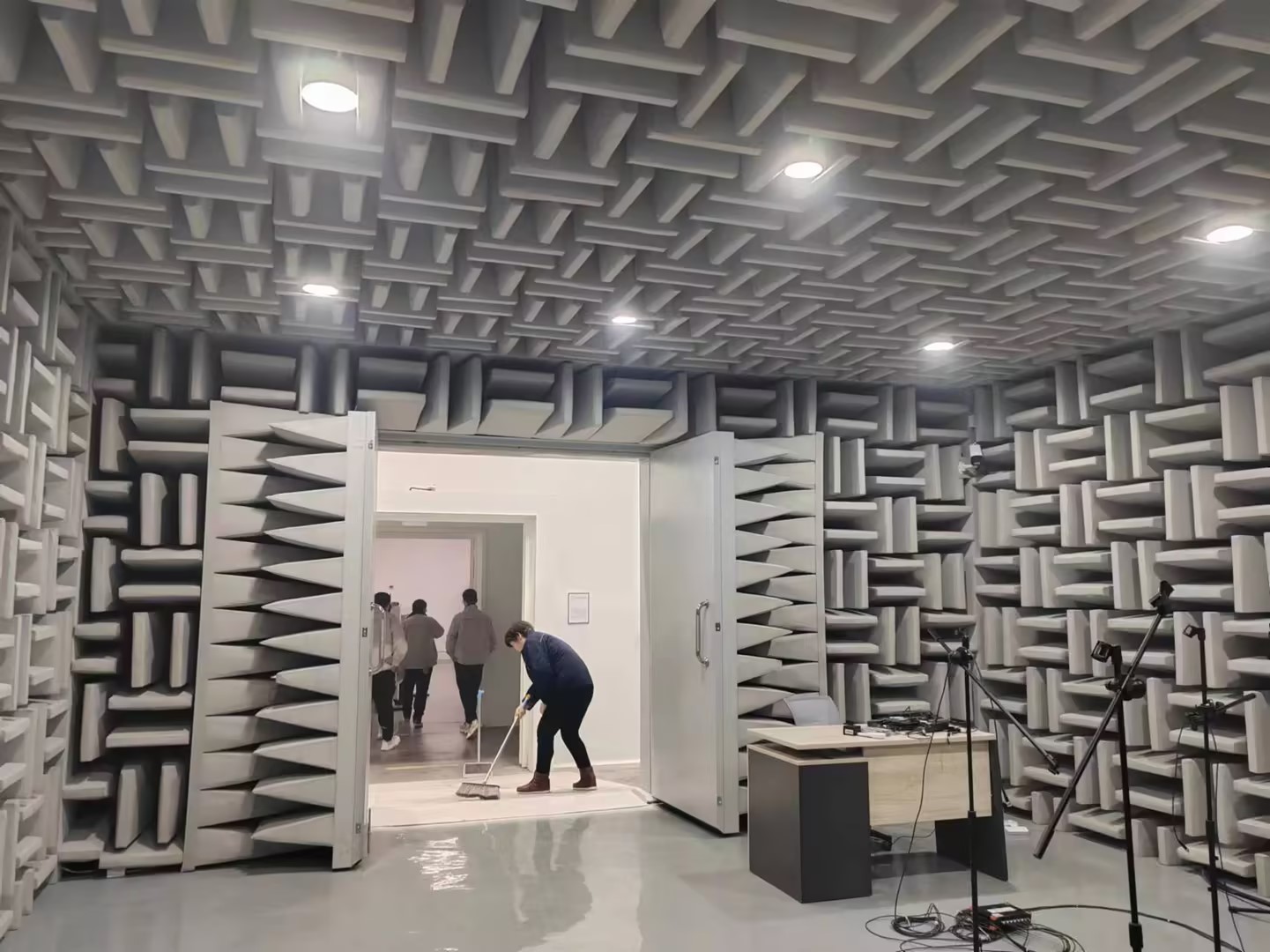A silencer used for testing purposes is an artificial space that resembles a free vocal field, so what exactly is a free vocal field?
A free field is a field in which the surroundings are uniformly distributed across a wide range of media and the peripheral effects can be unexpected. In a free field, the sound waves and the radiation characteristics of the sound source are transmitted in each direction without obstruction or interference. To put it simply, in this space, the voice is transmitted evenly, without any obstacles. However, in practice, this is not an ideal situation. Only a voice that can fully satisfy these conditions can be produced. Satisfying effects of the silencer.
The free sound field in the silencer requires the internal acoustic environment of the silencer. In the silencer, the sound is transmitted evenly and then absorbed completely, resulting in no reverberation. This satisfies the test environment requirements and the finished product is tested. Silencers are divided into full silencers and semi silencers, and the sound fields in silencers are also divided into full free sound fields and semi free sound fields. All six sides of the silencer are equipped with sound-absorbing tips, i.e. all six sides form an absorbing surface. The sound is absorbed evenly after it is emitted, creating an approximately completely free sound field environment. The semi-silencer chamber only has five suction tips installed on the sides, and the ground forms a reflective surface, so that only a semi-free sound field can be calculated.
In business terms, the speech dB(A) value and cutoff frequency determine the acoustic effects of the silencer. You can also understand that the free speech field of a silencer is a spatial environment composed of acoustic requirements and cutoff frequency.

